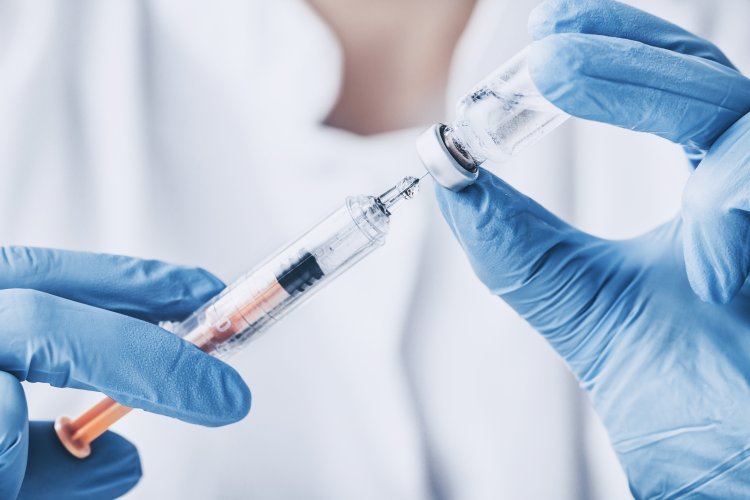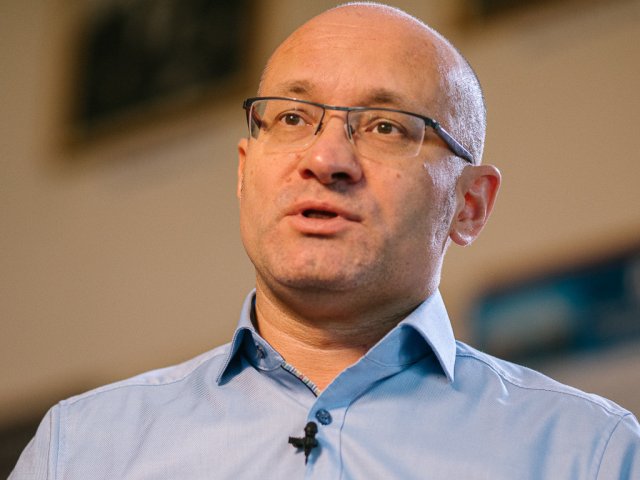100 years ago, on July 27th, 1921, the Canadian physician and physiologist Frederick Banting reported on his isolation of insulin. And in January 1922, thanks to this drug, the scientist saved a teenager’s life by injecting insulin. The drug is critical for the survival of diabetics. Diabetes mellitus itself occurs due to absolute or relative insulin deficiency – the hormone that is secreted in the pancreas. How was insulin discovered?
In 1869, a young medical student, Paul Langerhans, began studying the anatomy of pancreas. Then he noticed that the gland had evenly distributed cells unknown to him. These cells affecting the digestive system were called “islets of Langerhans” by the young scientist.
Later, in 1889, German physiologist Oscar Minkowski performed surgery on healthy dog by excising the gland, and discovered that the animal’s urine contained sugar. That was the first observation of the connection between pancreatic function and diabetes mellitus.
Some researchers tried to extract the desired substance from the pancreatic gland but found little success. Diabetes mellitus had remained an incurable fatal disease. Multi-stage experiments and unsuccessful attempts by other scientists led Frederick Bunting to create a cure for death. For his development which saved the lives of millions, he and his colleague John Macleod were awarded the Nobel Prize in Physiology and Medicine in 1923.
Two types of diabetes mellitus are known:
- The first type is where no insulin is secreted. With this diagnosis, hormone replacement therapy is prescribed making the patient insulin-dependent.
- In the second type, the pancreas produces the hormone. But what is produced is not enough to regulate blood glucose. The early stage of diabetes mellitus, where the symptoms of the disease do not progress but the problem with insulin production is already evident.
The main stimulus for insulin synthesis and release is the increase of glucose concentration in blood. Insulin is the only hormone that effectively reduces the content of sugar in the body. For that purposeб diabetics are injected with insulin. As insulin becomes absorbed completely, injections must be made into subcutaneous fat, not into the skin or muscle. Intramuscular administration of insulin would sharply accelerate its absorption into the body, prompting the development of hypoglycemia. With subcutaneous administration, the preparation is absorbed slowly. And that is the right way! Even though diabetes remains incurable, thanks to insulin it has become manageable.
The article is based on open sources.
Source of image on the homepage: Photo bank scyther/ RU.123RF






















